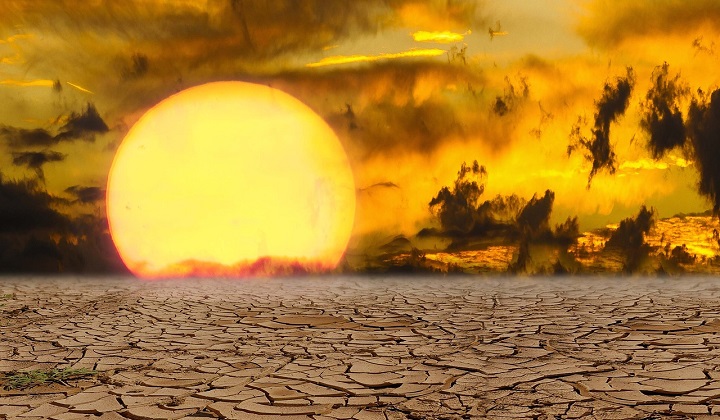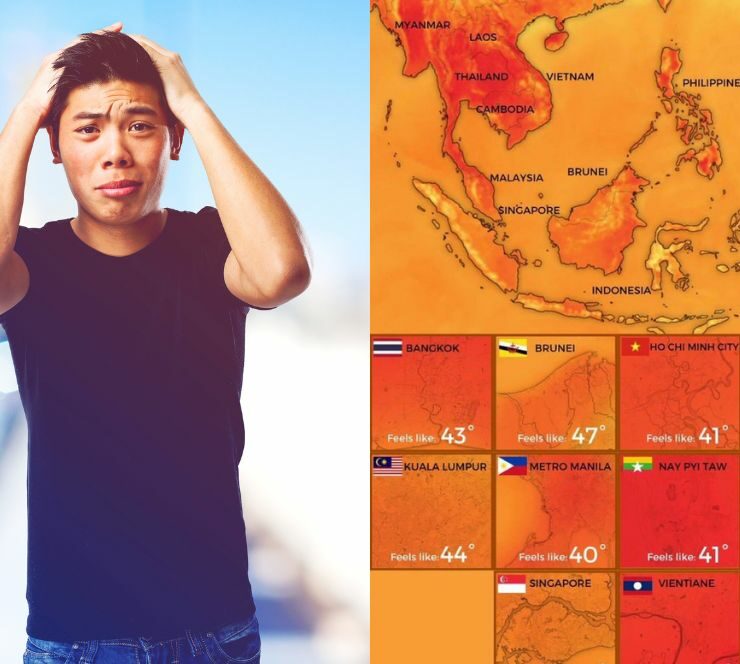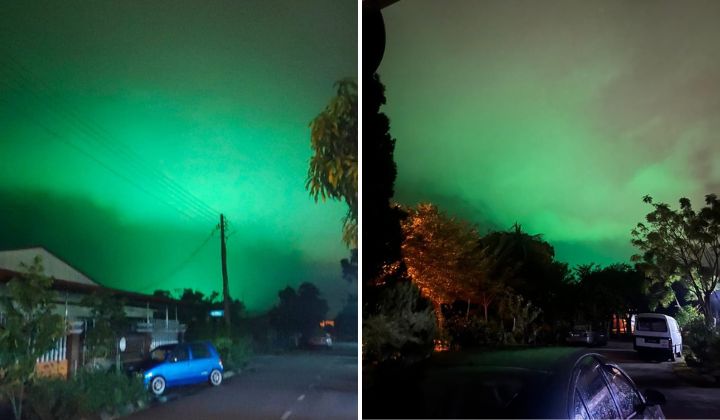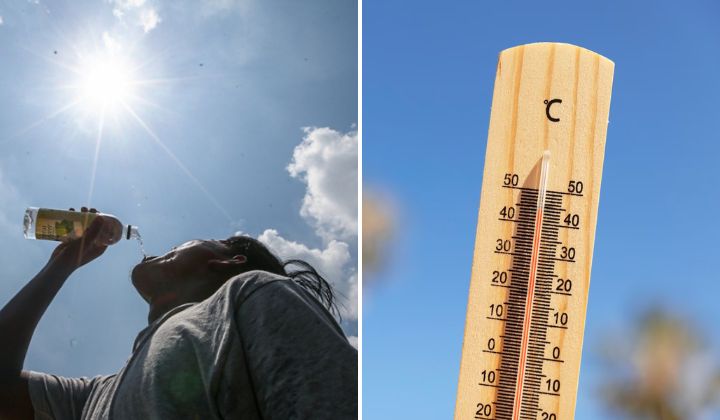Extreme Hot & Humid Weather Was Expected In 30 Years, But It’s Already Here

Subscribe to our new Telegram channel for the latest updates on Covid-19 and other issues.
Bracing the heat and humidity is pretty normal for Malaysians, but scientists have recently discovered that it’s high time we worry about the high temperatures.
In a recent study published in the Science Advances journal, scientists have noted the regular occurrence of heat and humidity too severe for human tolerance, a scenario that climate models hadn’t forecast to happen until the middle of the 21st century.
Scientists measure the combined effects of temperature and humidity, called wet-bulb temperature (TW), which is a useful indicator of heat stress that’s often translated into “heat index†or “real-feel†indications in weather forecasts.
Past studies indicate that a wet-bulb temperature of 35°C is the maximum limit for humans to survive without overheating. Any temperature above this means that the human body cannot release metabolic heat and keep internal body temperatures at the optimal 36.8°C.

But even at a wet-bulb temperature of 32°C, a healthy human is incapable of carrying normal outdoor activities. Anything in the high 20°C and low 30°C can be dangerous to human health.
Radley Horton, an author of the study told Newsweek that high wet-bulb temperatures cause people to overheat, suffer heat stroke and even lead to death.
When wet bulb temperatures are high, people will be unable to do strenuous activities outdoors for prolonged periods of time, such as construction, farming, and sports.
Radley Horton, author of The Emergence of Heat and Humidity Too Severe for Human Tolerance to Newsweek.
Worryingly, the study found that extreme conditions reaching roughly 35°C doubled between 1979 to 2017.
Hourly readings from 7,877 weather stations around the world reveal that many global wet-bulb temperatures are in the high range of 31° to 33°C, previously thought to be very rare.
Two stations have also reported multiple daily maximums above 35°C, a value projected around the year 2050.

(Credit: Science Advances)
Amongst the places hardest hit by these bouts of extreme temperatures are the Persian Gulf with multiple readings above the human tolerance limit of 35°C wet-bulb temperature, the highest readings ever documented by scientists.
The highest readings were also recorded in the cities of Dhahran and Damman in Saudi Arabia, Doha in Qatar and Ras Al Khaimah in the United Arab Emirates.
Other locations with bouts of extreme humid heat include several locations across South Asia, Asia, Africa, Australia, South America, and North America.
The researchers also found that incidences of dangerous wet-bulb temperatures over 27°C have doubled since 1979. According to their findings, Malaysia’s wet-bulb temperatures are well within this category, in the range of 29° to 31°C.
While these temperatures occur within a period of one to two hours in small areas, researchers say that they’re increasing in frequency and intensity.
The scientists have also noted that if things carry on as usual, life-threatening wet-bulb temperatures would regularly exceed 35°C in parts of South Asia and the Middle East by the third quarter of the 21st century.
Share your thoughts with us on TRP’s Facebook, Twitter, and Instagram.
She puts the pun in Punjabi. With a background in healthcare, lifestyle writing and memes, this lady's articles walk a fine line between pun-dai and pun-ishing.





